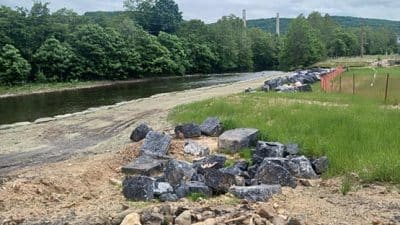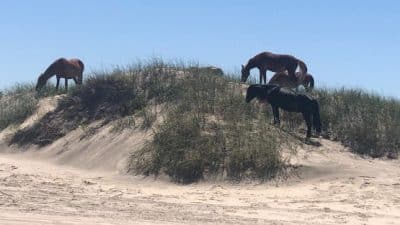
With extreme weather intensifying in the Southeast, the report concludes that drilling is likely to cause long-lasting and devastating damage to the region, jeopardizing key industries like tourism, threatening thousands of jobs, and bringing new health and environmental risks to the region.
“For decades, hurricanes have wreaked havoc on oil and gas infrastructure, causing catastrophic spills and long-lasting damage to communities, many of which are still recovering years later,”said Sierra Weaver, leader of SELC’s coast and wetlands program. “Gulf of Mexico communities know all too well what happens when offshore drilling infrastructure is placed in the path of major storms and hurricanes. At a time when many Southeast communities have significant concerns about flooding and storm damage, offshore drilling is the last thing we should be considering.”
In assessing the likely impacts of offshore drilling in the Southeast, the report examines the ways damage to oil and gas infrastructure from hurricanes has played out time and again along the Gulf Coast, with devastating consequences.
A review of the industry’s poor safety record reveals details of spills that persist even a decade later – including an ongoing leak off the coast of Louisiana caused by Hurricane Ivan in 2004, where more than 10,000 gallons of oil is spilled into the ocean every day. It documents the aftermath of Hurricanes Katrina and Rita the very next year, which destroyed 115 offshore drilling platforms and damaged a total of 558 pipelines – spilling nearly eleven million gallons of oil into the Gulf. And it finds that the industry and the government have both recognized this problem and warned against developing new infrastructure in hurricane-prone regions. One thing is clear from the report’s findings: hurricanes and drilling don’t mix.
This, along with evidence showing offshore drilling would threaten the Southeast’s economy, environment, and health, is why more than 190 Atlantic Coast communities have passed resolutions opposing oil and gas exploration off their shores. In 2014 when the federal government considered opening the Southeast coast to drilling for the first time, the proposal was reversed in the face of widespread and intense opposition by coastal communities, business, and political leaders. Despite this, the Trump administration has again proposed opening the Atlantic to drilling and is expected to release an updated proposed leasing plan in the coming months.










